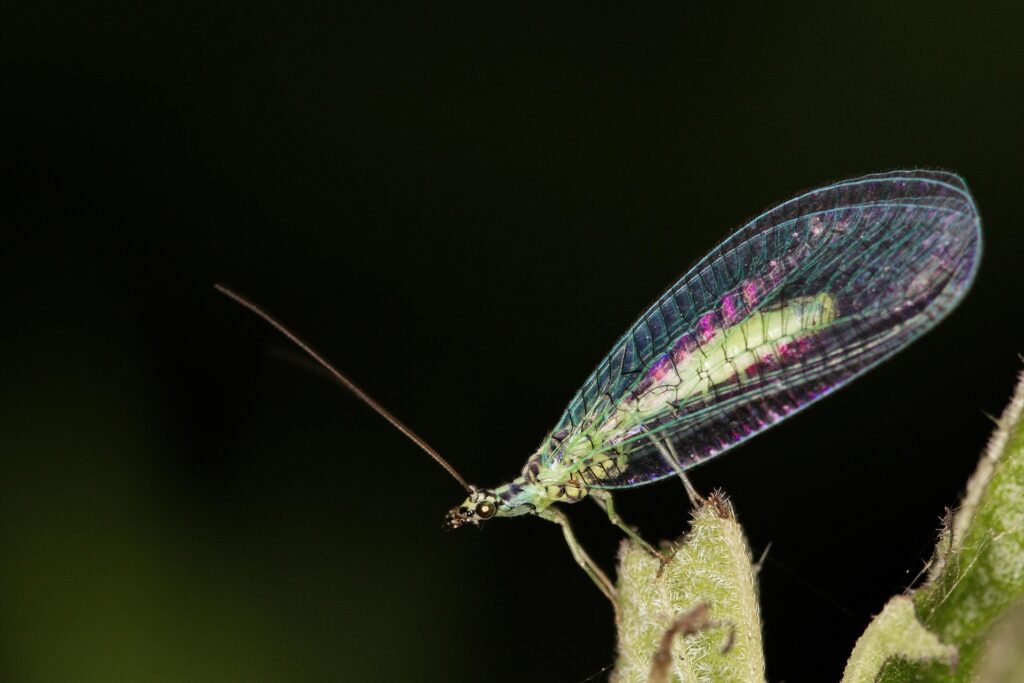It’s not hard to find, but does boric acid kill roaches and prevent them from returning? Yes! Using boric acid to kill roaches can be an effective method when applied correctly. However, excessive or improper application of boric acid may diminish its effectiveness. Additionally, since boric acid is in powder form, it can create a messy situation. If you are unsure about applying boric acid or concerned about doing it wrong, it is recommended to seek assistance from a professional to address the roach problem.
What is Boric Acid?
Despite the name, boric acid isn’t actually an acid. Instead, it’s a powder made from a combination of boron and water. Boron is a compound found naturally in food and the environment. If you’ve ever eaten almonds or raisins, then you have consumed boron. The compound found in boric acid is produced from borax, which is collected from mineral deposits. Boric acid is readily available for purchase and can be bought at your local hardware store or grocery store. The mixture comes in a bottle and is ready to use straight out of the packaging. It doesn’t contain an odor or any harsh chemicals.
How does Boric Acid Kill Roaches?
In order for boric acid to work, a cockroach must crawl through the substance. As it walks through the boric acid, the cockroach will get the powder on its legs and body. Then, when a cockroach cleans itself, it will ingest the boric acid. The boric acid will absorb into the cockroach’s body as well. Once inside the body, boric acid will start to affect the roach’s nervous and digestive systems, eventually causing the cockroach to die. Additionally, boric acid can be applied to bait and traps. In this case, the cockroach will take the bait and introduce the food to its nest. Multiple cockroaches will eat the coated bait and will eventually die.
When used properly, boric acid can take out a lot of cockroaches. Because cockroaches aren’t picky when it comes to food, they will often eat dead roaches. If a roach died due to boric acid ingestion, and another cockroach eats it, the boric acid will get into the living roach’s body. This creates a domino effect and is another explanation for why boric acid is so effective when it comes to roach control.
Is Boric Acid Safe?
If used as directed, boric acid is ok to use. However, it is considered a poison, which means there are risks if you or your pet ingest, touch, or inhale it. First and foremost, it is important to apply boric acid sparingly. If you apply too much it, the roach will see it and avoid it. Furthermore, you want to limit your exposure to it.
In terms of toxicity, boric acid ranges from minor symptoms to serious symptoms. Minor symptoms typically include skin irritation, while serious symptoms include nausea and respiratory distress. Additionally, boric acid can be toxic to your pet if they are exposed to large amounts of it. Because pets are much smaller than humans, boric acid can affect them in more serious ways. You should call your doctor if you believe you’ve been exposed to a dangerous amount of boric acid. If you believe your pet has been exposed, call your veterinarian.
To maximize the efficacy of boric acid in your battle against roaches, it’s essential to understand the best practices for its application. To begin, boric acid must be spread thinly across areas where roaches are likely to traverse. If the layer is too thick, roaches might avoid it, diminishing its effectiveness. Additionally, mixing boric acid with attractants such as sugar can increase the likelihood of roaches ingesting the poison. This combination makes an effective cockroach bait, creating a deadly snack for these pests. Remember, while boric acid is a potent roach killer, patience is key—the results aren’t instant but are impactful over time. Safety should always be a priority; ensure that boric acid is kept away from areas accessible to children and pets to avoid accidental ingestion.
Compared to many cockroach-killing products on the market, boric acid is a relatively safe option. As noted, you need to make sure you apply it correctly. When you take pest control into your own hands, there’s always a certain level of risk involved. Rather than taking on a roach infestation yourself, you can avoid risks altogether by hiring a pest control company. A pest control company, like Aptive, knows the ins and outs of roach control. In addition to eliminating roaches swiftly and effectively, Aptive prioritizes the safety of each and every one of your family members.
Cockroaches can wreak havoc on your peace of mind and can be difficult to eliminate completely. Because roach control typically requires additional treatment methods, successful roach control requires a thorough plan. Before deciding to kill roaches yourself, call your local Aptive Pest Control service center today.









